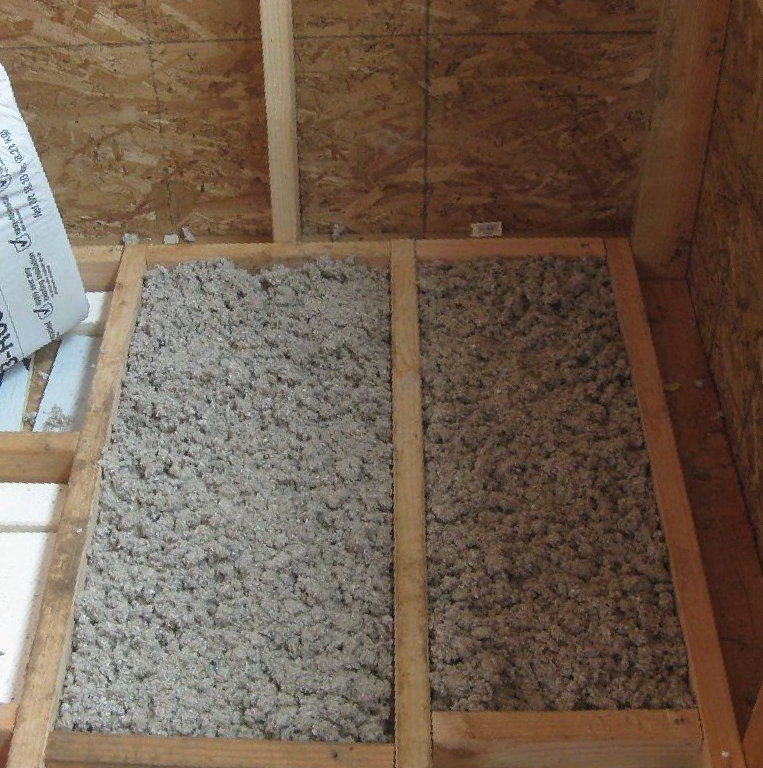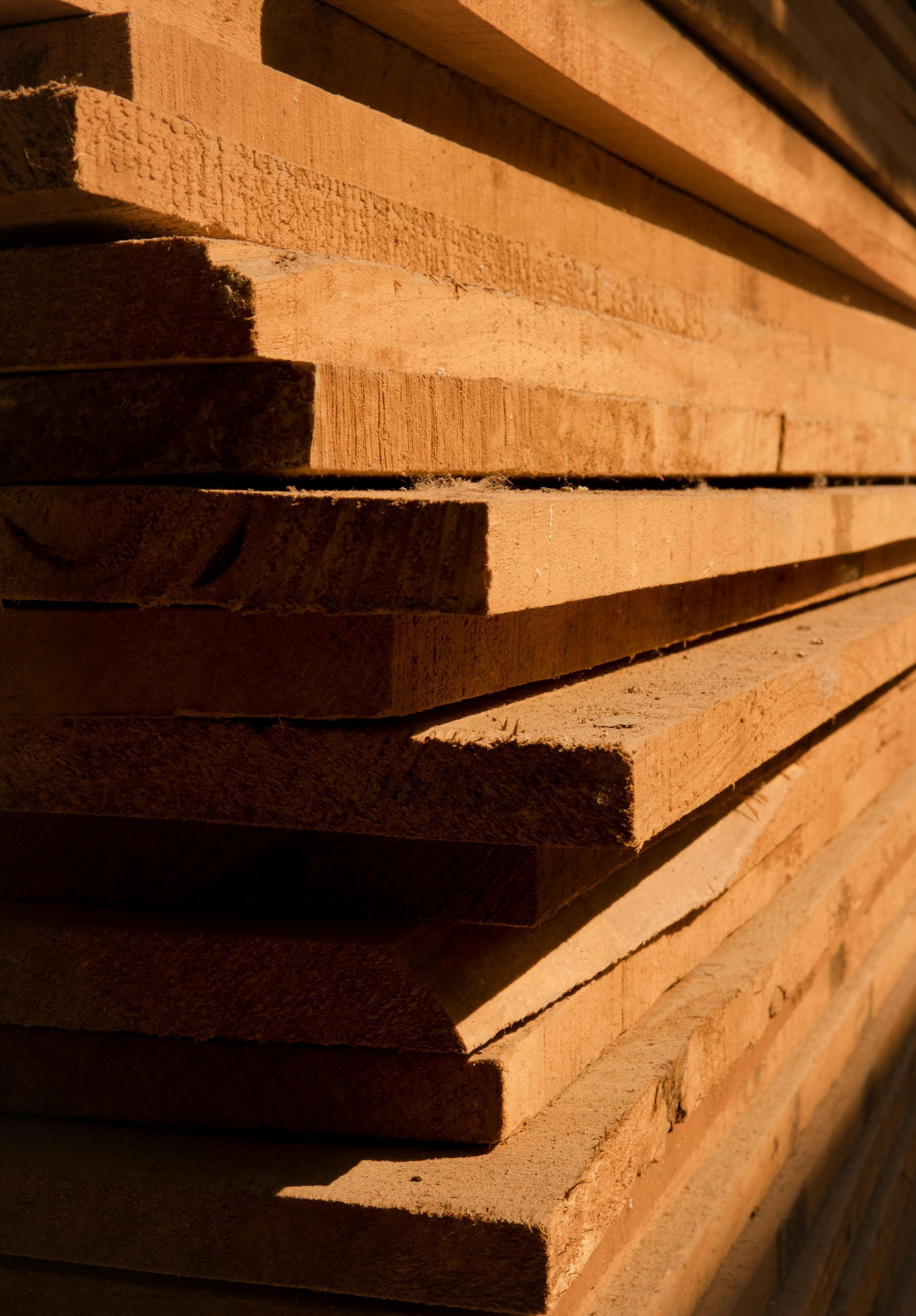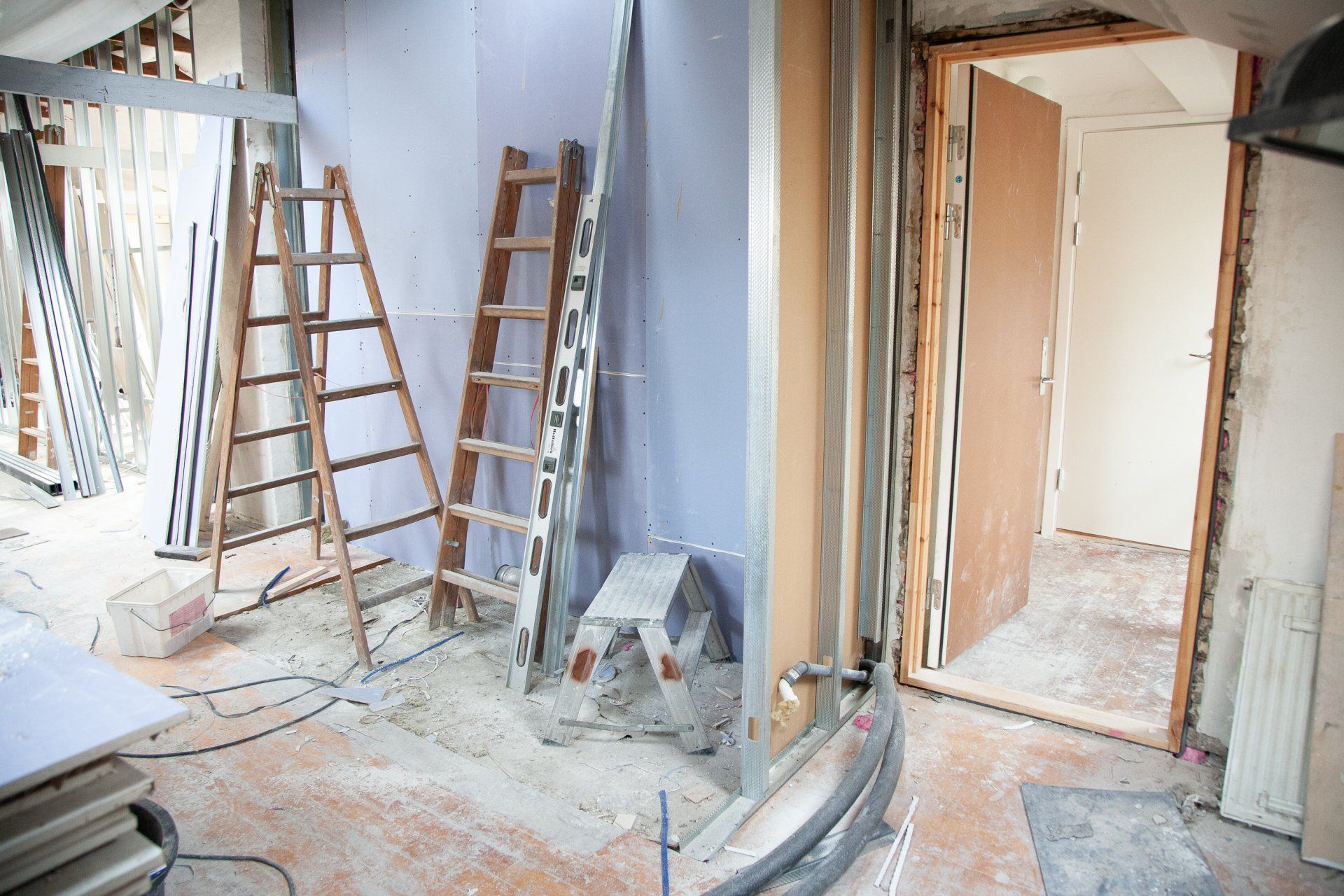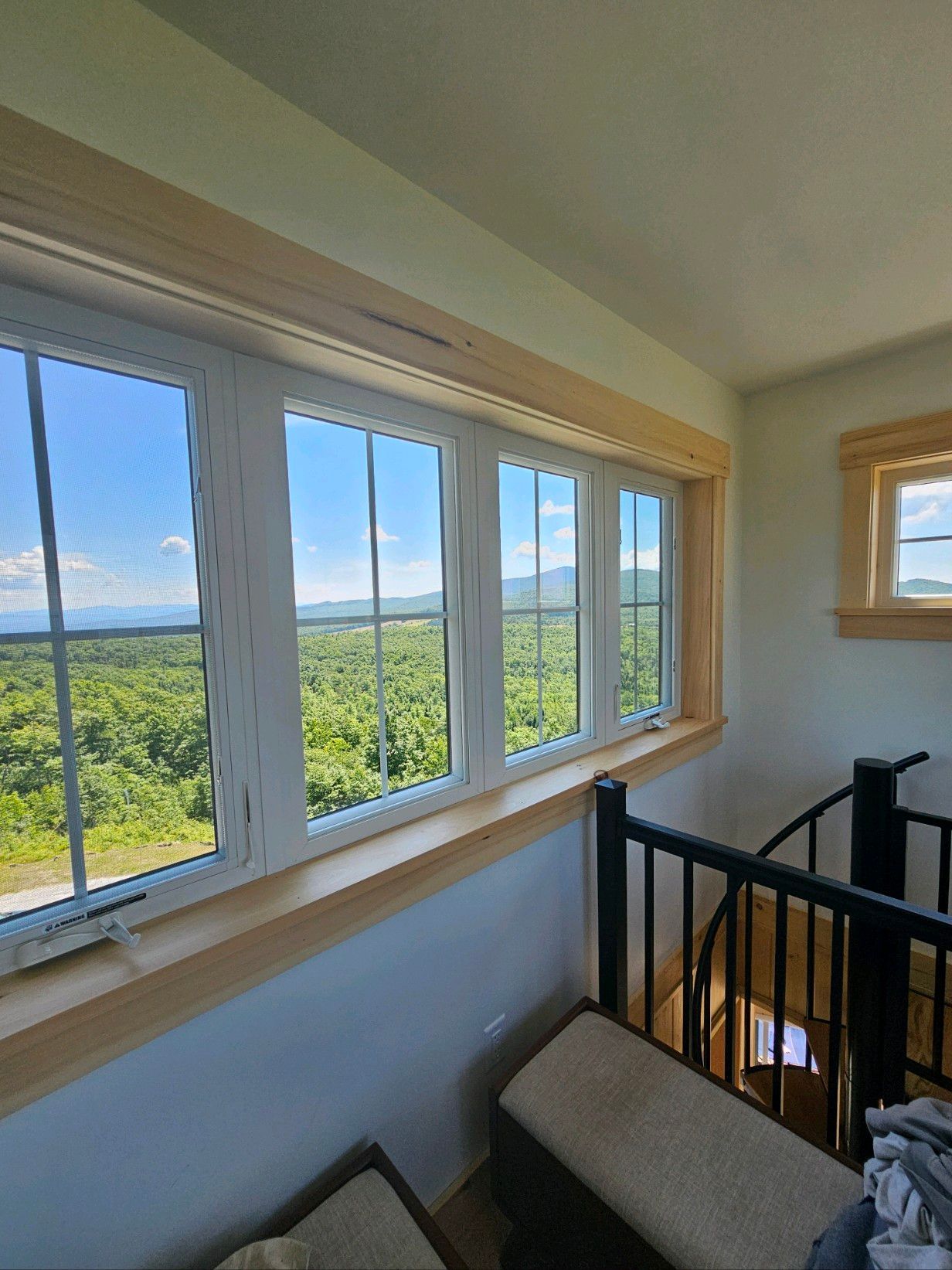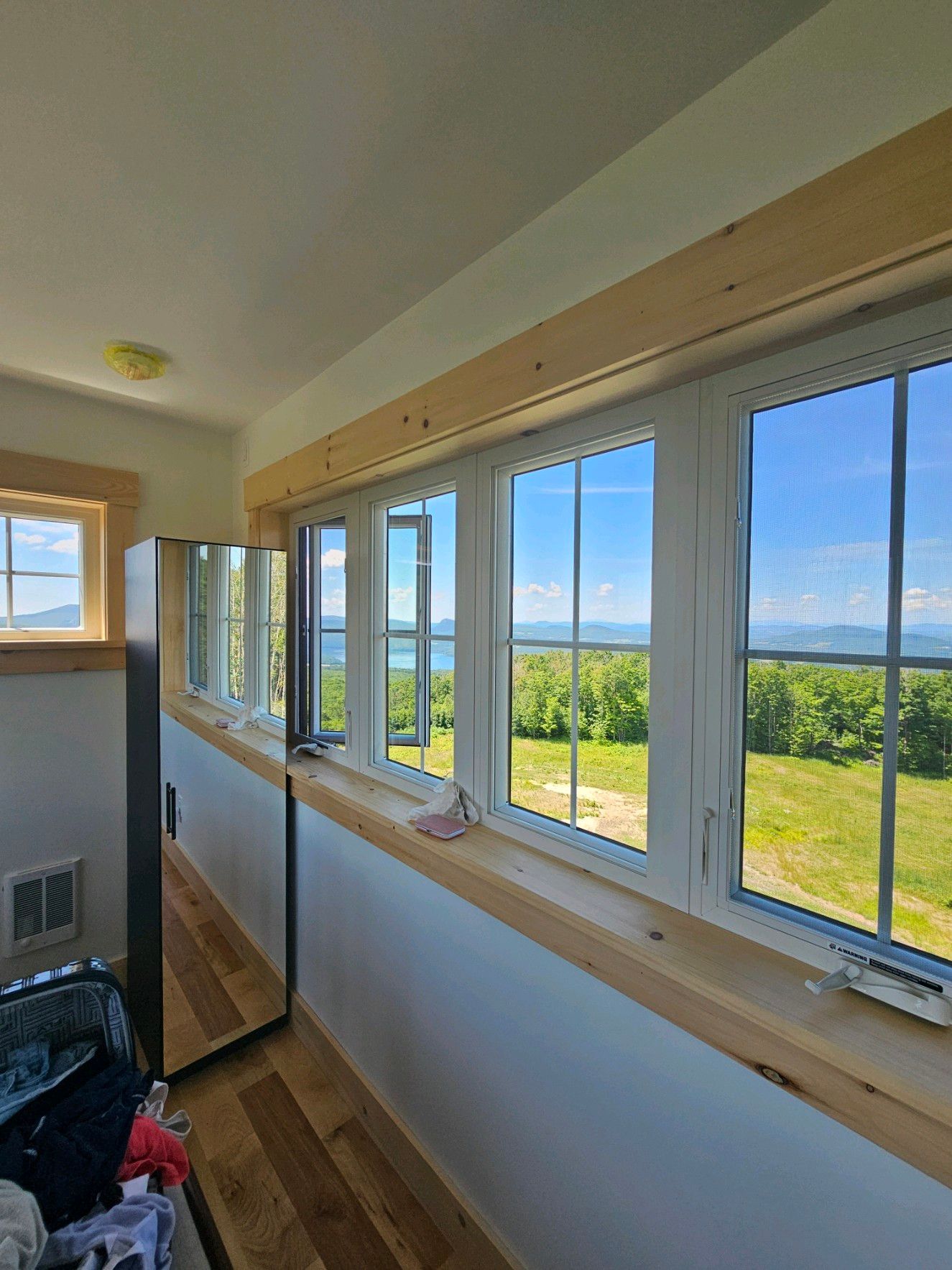Advantages and Disadvantages of Blow-in Insulation
The Basics
Advantages to Using Blow-in Insulation
A large advantage of using Blow-in insulation is the ease of installation. There is no carrying large batts of fiberglass panels through your house, measuring or cutting. Simply run a hose through your attic hatch to complete the whole job within a couple of hours. For wall cavities, it is the most efficient application. Using batts would mean having to remove and replace walls panels.
Most applications are done with two people. One blowing the insulation and the other managing the hopper’s air intake while controlling the output. There is often no need to remove other insulation in attic spaces since the blow-in insulation can be added on top increasing R-Value even further.
Blow-in insulation is comparable with fiberglass batts in both price and R-value. There are some significant differences.
- DIY- Blow-in insulation can be a DIY project. The machine is expensive for one-time use, but some places to do offer rentals. Wall cavities should often be left to the professionals since it may require drilling holes into the wall exterior. Fiberglass batts are slightly easier for DIYers since there is no equipment involved.
- The cost for comparable R-value is about the same for both Blow-in and fiberglass batts. It costs about $600 to $1200 for materials for insulating an attic floor or the walls on a small 1,000 square foot house.
- Labor costs for blow-in can be a little more expensive since you will more than likely need to hire a professional. Most jobs can be completed within a day.
- R-values are similar. Blow-in cellulose offers an R-value of about 3.2 to 3.8 per inch. Fiberglass batts offer about 3.7 per inch.
Disadvantages of Blow-in Insulation
There are minimal drawbacks with blow-in insulation one being if it gets wet it is nearly impossible to dry. Even though it has been treated for mold prevention it is not guaranteed. If it does develop mold the task of removing it can be a long and messy project. Most likely it will need to be packed into contractor bags and removed from the house.
While it is flame retardant it can smolder when faced with high heat exposure such as exposed wiring or improperly installed recessed light fixtures. It is important to inspect attic spaces for any sources of high heat prior to using blow-in insulation to prevent this.

